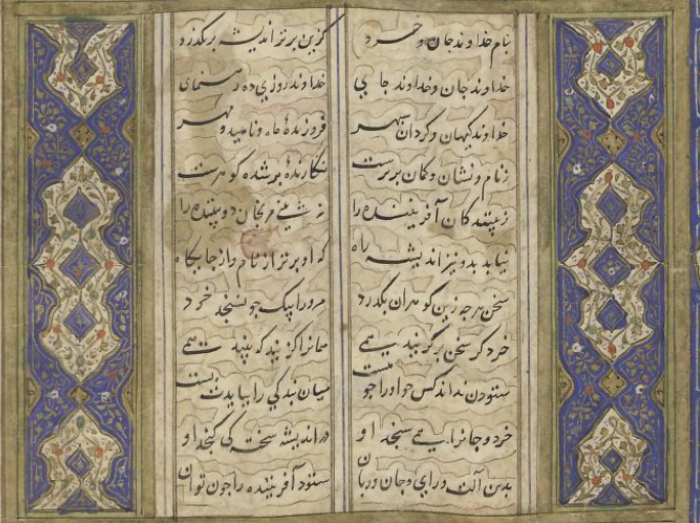Transcription
Go to f 8v in the viewer (Shāhnāma, Or. 494) and transcribe what you read per line, including the text in the top and bottom borders. When ك stands for g, type (گ) for b type (ب) for p (پ). When ج stands for ch, type (چ).
It may be easier to open the viewer in a second tab, so that you have it in your screen next to the box below. Type one line in the manuscript as one line in the box below. Make sure that you insert no blank lines. After one line or more, click the button "compare". Three dots will appear in places where you have misread letters; you can retype the incorrect letters, and once no dots appear in the below, you have transcribed the text 100% correctly.

